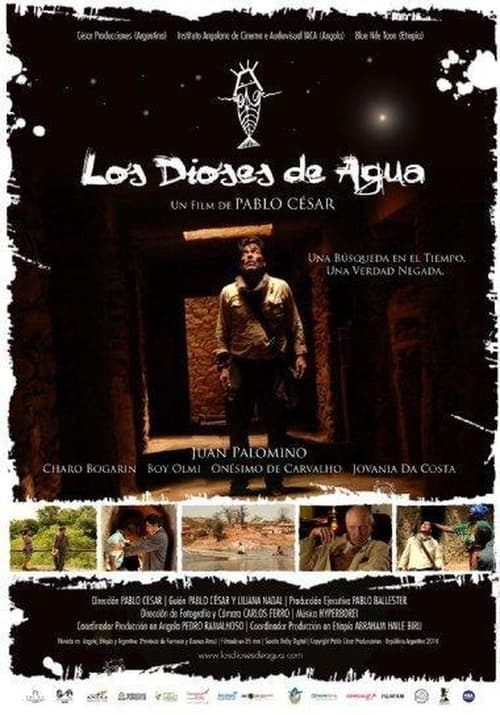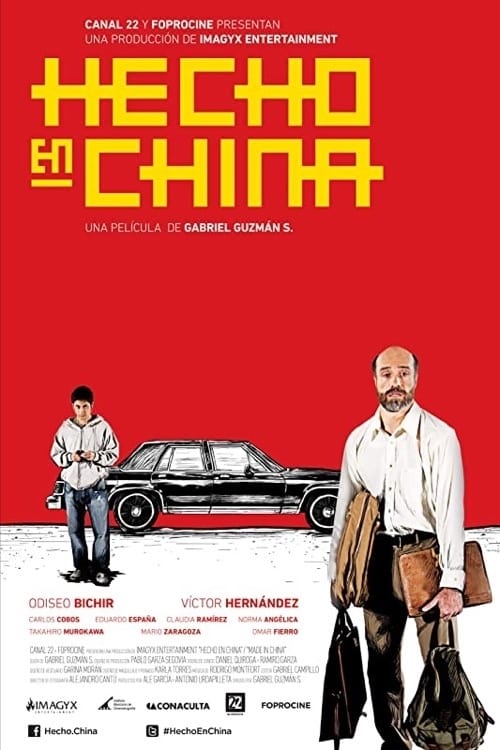
Ask Your Own Question
What is the plot?
What is the ending?
In the ending of "Al sur de la inocencia," the story culminates in a poignant confrontation between the main characters, revealing the deep emotional scars and unresolved conflicts that have shaped their lives. The film concludes with a sense of bittersweet resolution, as the characters come to terms with their pasts and the choices they have made.
As the final scenes unfold, we see the protagonist, a young girl named Valeria, grappling with the weight of her family's secrets and the impact of her father's actions. The tension reaches its peak when Valeria confronts her father, leading to a heart-wrenching exchange that forces both characters to face the truth of their relationship. The film closes with Valeria finding a sense of closure, symbolized by her decision to leave her childhood home and step into a new chapter of her life.
In the expanded narrative of the ending:
The final act begins with Valeria standing in the dimly lit living room of her childhood home, the air thick with unspoken words and lingering resentment. The walls, adorned with faded photographs, seem to echo the memories of a happier time, but the atmosphere is heavy with tension. Valeria's father, a man burdened by his past mistakes, sits in silence, his face etched with regret.
Valeria takes a deep breath, her heart racing as she prepares to confront the man who has both protected and hurt her. "Why did you never tell me the truth?" she demands, her voice trembling with a mix of anger and sorrow. The question hangs in the air, a catalyst for the emotional unraveling that follows.
Her father, unable to meet her gaze, finally speaks, his voice low and filled with remorse. "I thought I was protecting you," he admits, his eyes glistening with unshed tears. The weight of his confession hangs heavily between them, and Valeria feels a surge of conflicting emotions--betrayal, sadness, and a desperate need for understanding.
As the conversation unfolds, Valeria's memories flood back--moments of joy overshadowed by the shadows of her father's secrets. She recalls the times she felt abandoned, the moments when his silence spoke louder than words. Each recollection sharpens her resolve, and she presses on, demanding answers that have long been buried.
The scene shifts to a flashback, revealing the pivotal moment that shattered their family. Valeria's father had made a choice that not only affected his life but also irrevocably altered Valeria's childhood. The pain of that decision reverberates through the present, and Valeria's heart aches as she realizes the depth of her father's struggles.
Returning to the present, Valeria's voice softens as she grapples with her emotions. "I just wanted to know you," she whispers, the vulnerability in her tone cutting through the tension. Her father finally meets her gaze, and in that moment, they share a silent understanding--a recognition of their shared pain and the love that still exists beneath the hurt.
As the confrontation reaches its climax, Valeria makes a choice. She steps back, her decision clear. "I need to find my own way," she states firmly, a mixture of sadness and determination in her eyes. The weight of her father's past no longer binds her; she is ready to forge her own path, free from the shadows of his mistakes.
The final scene captures Valeria as she walks away from the house, the sun setting in the distance, casting a warm glow over her figure. The camera lingers on her face, a blend of hope and uncertainty, as she takes her first steps into a new beginning. The film closes with a sense of bittersweet resolution, leaving the audience with the understanding that while the past cannot be changed, the future is still unwritten.
In the aftermath, Valeria's father is left alone in the house, a man transformed by the confrontation. He sits in silence, reflecting on the choices he made and the impact they had on his daughter. The film ends on a note of introspection, emphasizing the importance of facing one's past and the possibility of redemption, even in the wake of deep emotional scars.
Is there a post-credit scene?
In the movie "Al sur de la inocencia," there is no post-credit scene. The film concludes its narrative without any additional scenes or content after the credits roll. The story wraps up with a poignant resolution, leaving the audience to reflect on the themes of innocence, loss, and the complexities of human relationships that have been explored throughout the film. The absence of a post-credit scene reinforces the emotional weight of the story, allowing viewers to fully absorb the characters' journeys and the impact of their choices.
What is the significance of the character of the mother in Al sur de la inocencia?
The mother in Al sur de la inocencia serves as a pivotal figure in the protagonist's life, embodying the struggles of a single parent trying to protect her child from the harsh realities of their environment. Her emotional turmoil is palpable as she navigates her own past traumas while attempting to provide a sense of safety and innocence for her daughter. This duality creates a tension that drives the narrative forward, highlighting her sacrifices and the lengths she will go to shield her child.
How does the relationship between the protagonist and her father evolve throughout the film?
The relationship between the protagonist and her father is fraught with complexity. Initially, there is a sense of distance and misunderstanding, as the father grapples with his own demons and the impact of his choices on his family. As the story unfolds, moments of vulnerability and connection emerge, revealing the father's deep-seated love and regret. This evolution is marked by poignant scenes where they confront their shared pain, ultimately leading to a fragile reconciliation that underscores the theme of familial bonds.
What role does the setting play in shaping the characters' experiences in Al sur de la inocencia?
The setting in Al sur de la inocencia is integral to the characters' experiences, reflecting the stark contrasts between innocence and the harsh realities of life. The film's rural landscapes, with their beauty and isolation, serve as a backdrop for the protagonist's journey. The environment often mirrors her internal struggles, with scenes depicting both serene moments of childhood and the encroaching darkness of adult issues. This interplay between setting and character development enhances the emotional weight of the narrative.
What are the key events that lead to the protagonist's loss of innocence?
The protagonist's loss of innocence is marked by several key events that unfold throughout the film. Initially, her life is filled with the carefree joys of childhood, but this changes dramatically when she is exposed to the harsh realities of her family's struggles. A pivotal moment occurs when she witnesses a traumatic event that shatters her perception of safety and trust. This event, coupled with her mother's struggles and her father's absence, forces her to confront the complexities of adulthood far too soon, leading to a profound transformation in her character.
How does the film portray the theme of childhood versus adulthood through its characters?
Al sur de la inocencia intricately portrays the theme of childhood versus adulthood through its characters, particularly through the protagonist's journey. The film juxtaposes the innocence of childhood, represented by the protagonist's initial naivety and joy, against the burdens of adulthood, embodied by her parents' struggles. As the protagonist navigates her experiences, the film captures her gradual awakening to the realities of life, showcasing her internal conflict as she grapples with the loss of her carefree spirit and the responsibilities that come with growing up.
Is this family friendly?
"Al sur de la inocencia" is a film that explores complex themes and emotional depths, which may not be suitable for younger audiences or sensitive viewers. Here are some potentially objectionable or upsetting aspects:
-
Themes of Loss and Grief: The film delves into the emotional turmoil surrounding loss, which may be heavy for children to process.
-
Family Conflict: There are scenes depicting tension and conflict within the family, showcasing strained relationships that could be distressing.
-
Depictions of Poverty: The film portrays harsh realities of life, including poverty and its impact on families, which may be upsetting for some viewers.
-
Emotional Struggles: Characters experience deep emotional struggles, including sadness and despair, which could be intense for younger audiences.
-
Mature Conversations: There are discussions and situations that touch on adult themes, which may not be appropriate for children.
Overall, while the film offers a poignant narrative, its emotional weight and mature themes may not be suitable for all viewers, particularly children.

























